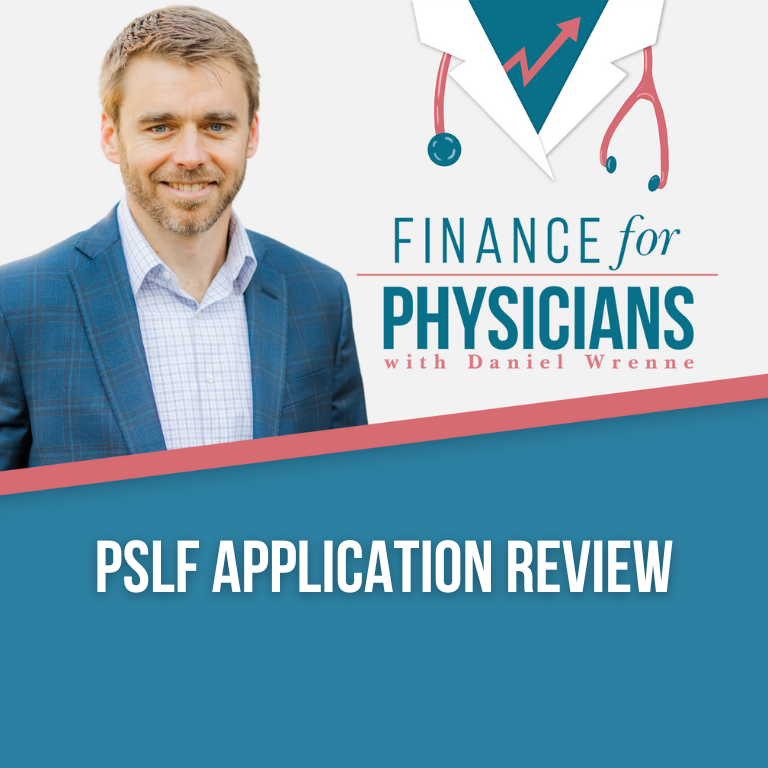The long awaited PSLF application finally went live late last year. Just in time for the first round of PSLF applicants. We’ve finally started hearing confirmed reports of PSLF forgiveness actually being granted. So it’s officially not a hoax!
This application is a big deal! It’s easily a six-figure benefit for thousands of people. Our clientele’s collective PSLF qualified balance is in the tens of millions. Considering what’s at stake, the PSLF application process itself is surprisingly simple! Here is the low-down:
You must continue working for a qualified employer until forgiveness is granted. Assuming the approval takes months, technically you must put in more than 120 months. This feels a little unfair, especially for those of you planning to ditch your job as soon as you’re done with it. For this crew, it’s likely that PSLF is really going to lock you into your job for 121, 122 or 123 total payments. So if you’re planning to turn in your notice as soon as possible, wait until you receive the final approval letter.
Part of the application requires that you certify all prior employers over the span of the 120 qualifying payments period. That will be a bear! However, there is an exception. If you’ve already gone through the employment verification process along the way, those verified periods already count. If you want to make this part easy and avoid unpleasant surprises, verify employment regularly over the 120 payments.
You must choose whether you want to continue making payments or go into forbearance during the review process. The default is forbearance. If you choose to continue making payments, and you’re ultimately approved, those overpayments will be refunded. This is not a big deal if you’re a lock for approval. However, my prediction is that the majority of PSLF applications are declined due to being short of 120 the qualified payments. For the people that are declined, it’s always better to keep making payments. For example, if the application is declined due to being one payment short, forbearance causes you to forfeit the now valuable extra PSLF payment. Our default suggestion is to always keep making payments. It’s not worth the potential downside.
All in all, it’s fairly straightforward. Not really any surprises either. We believe the key to having a smooth approval is keeping your ducks in a row now in the years leading up to this application. And if that occurs, getting approved should be a breeze.
My hope is that all of you perfectly maximize all of your potential PSLF value. However, based on what we’re seeing, that’s not happening. So if you’re not 100% sure your maximizing PSLF, or if you are sure but you’d like a second set of eyes to look over your progress, drop us a line or send an email. We’re happy to schedule a no cost initial meeting where we’ll talk high-level student loans. You can schedule that here.
Either way, best of luck as you approach the big PSLF application day!
More on this topic…
The PSLF Ticking Time Bomb
The Complete Guide to Student Loans
13 Costly Student Loan Mistakes
5 Reasons Forbearance Is A Terrible Idea
